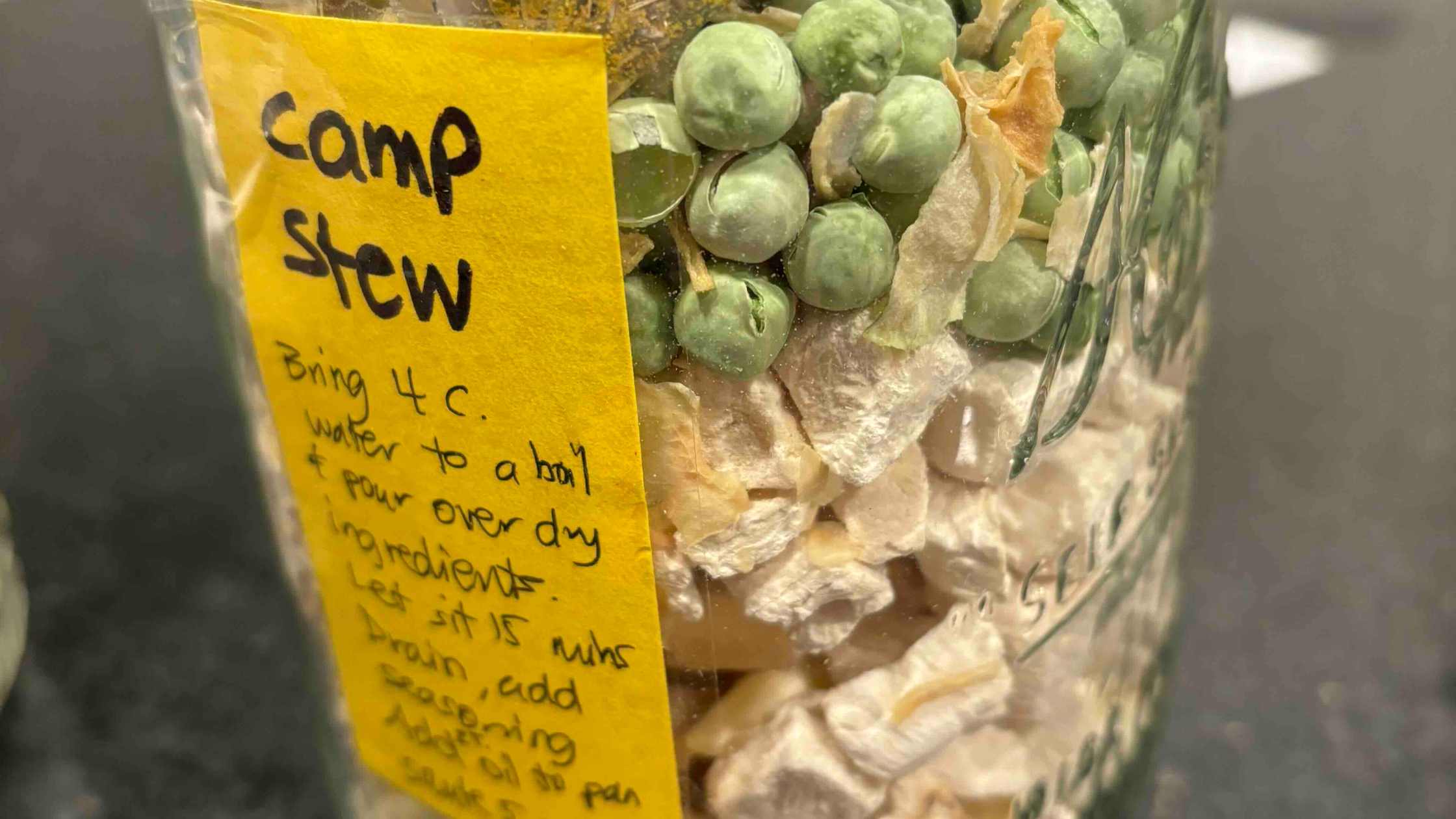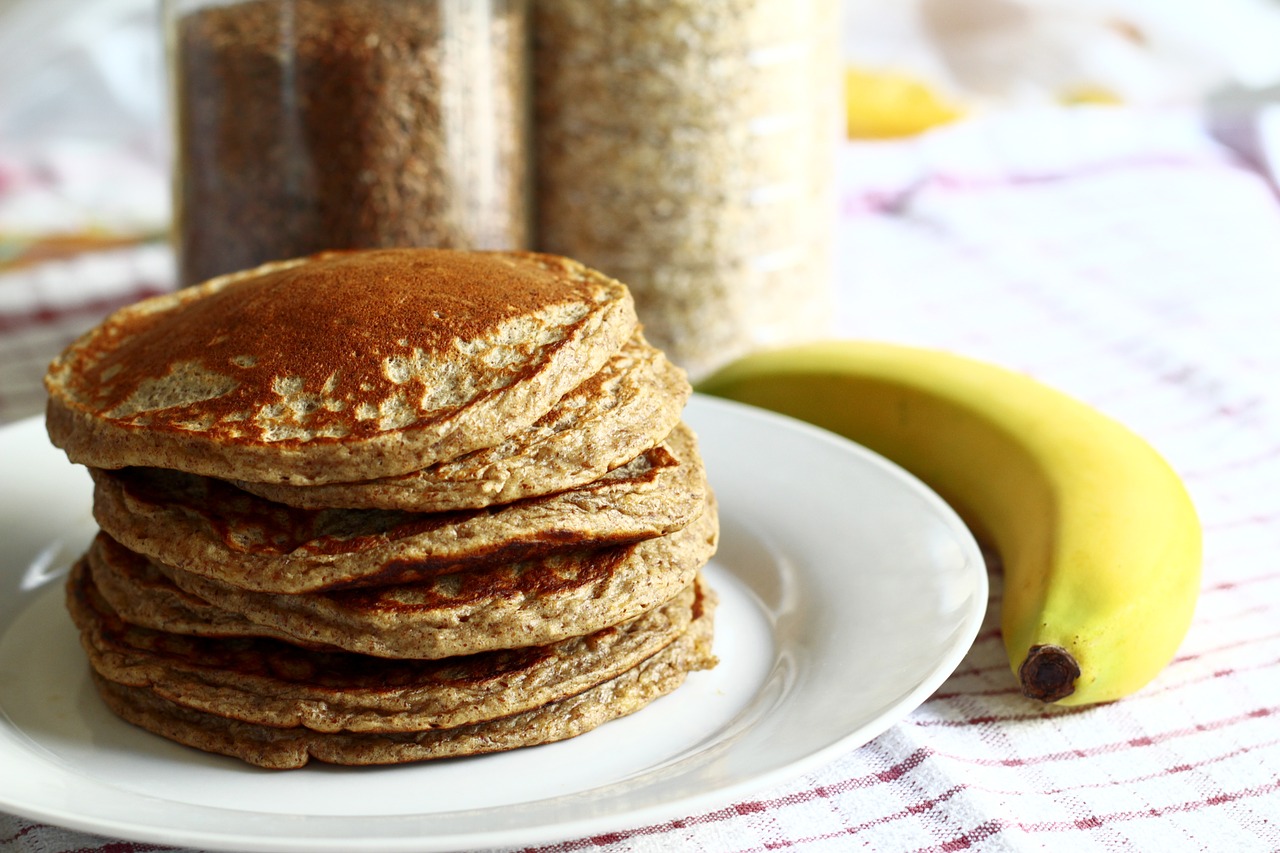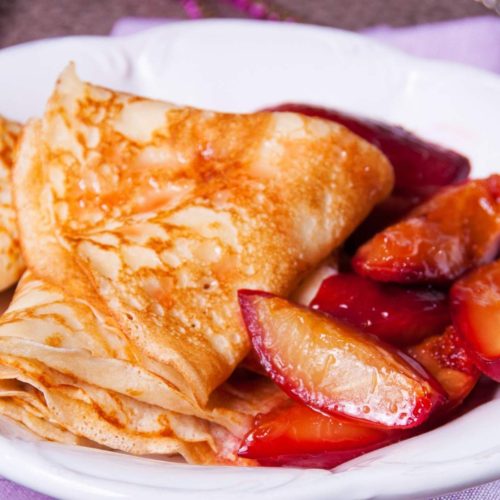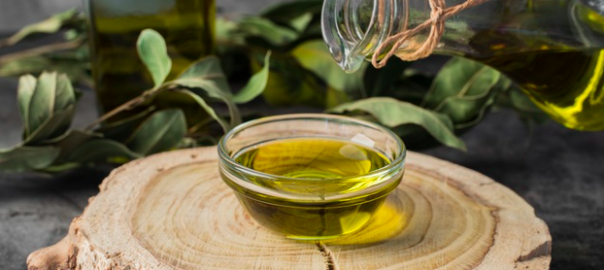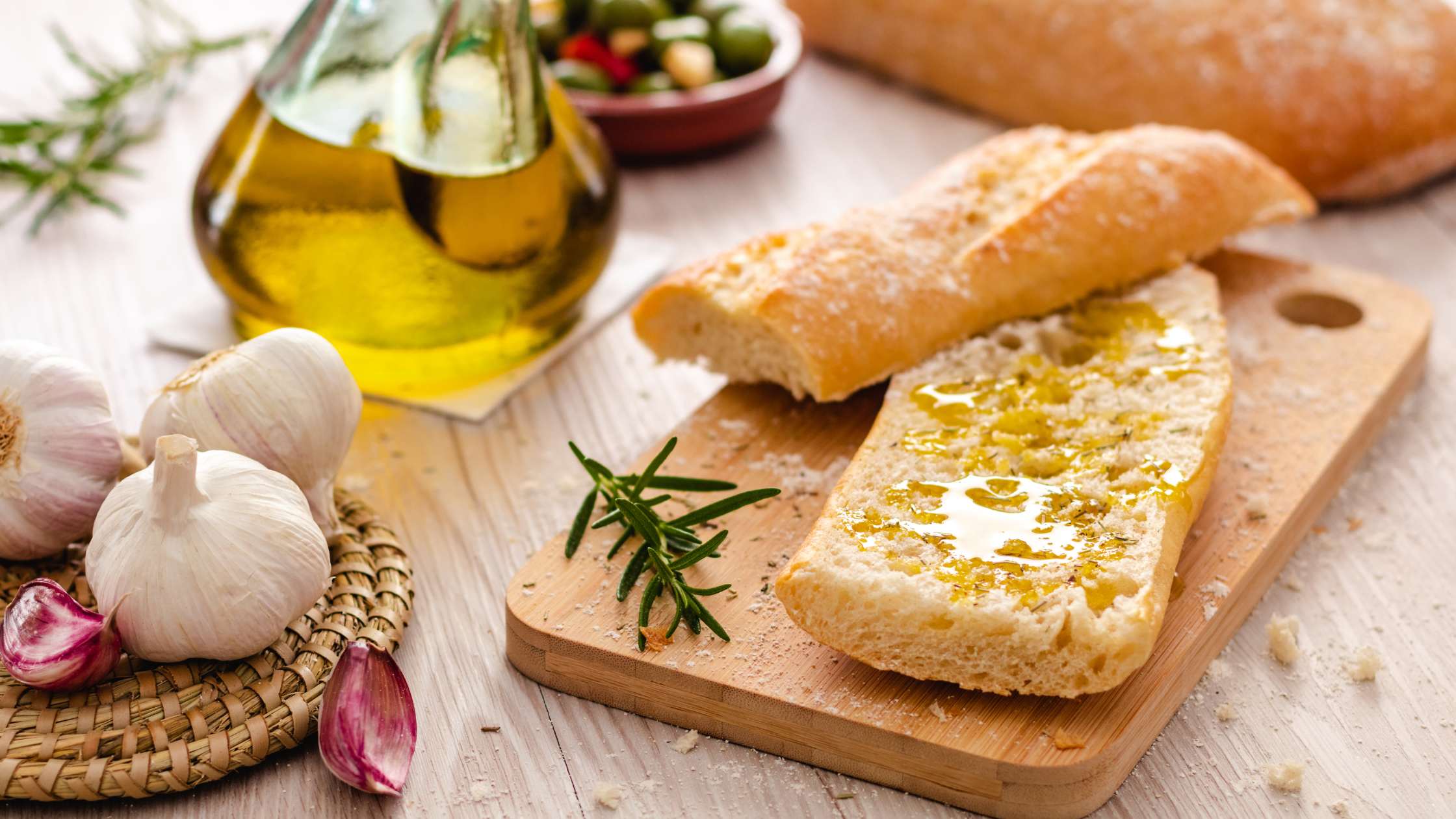Who can resist the rich, chocolaty goodness of a warm mug of hot cocoa or a batch of homemade brownies? If you're like many people, there's something incredibly satisfying about chocolate. But did you know that cocoa powder, the beloved ingredient behind these treats, is facing some significant challenges?
Let's take a closer look at the current situation and how you can be prepared.
Lately there's been a fair amount of news about continuing shortages for cocoa powder; there are a number of reasons this is happening.
Firstly, cocoa is primarily grown in tropical regions like West Africa, where factors like climate change, pests, and disease can impact crop yields. Plus, labor shortages and economic challenges in these regions have further complicated the situation. All of which is coming together for an increase in the cost of cocoa powder and potentially the cost of chocolate products in general.
Here are three headlines to help you learn more about the cocoa powder shortages and how it may affect the cost of your favorite sweet treat:
African cocoa plants run out of beans as global chocolate crisis deepens (Reuters)
In recent news, it's been reported that major cocoa plants in Ivory Coast and Ghana, key producers of cocoa beans, have stopped or reduced processing due to their inability to afford purchasing beans. This potentially could lead to a significant increase in chocolate prices worldwide.
The price of cocoa has doubled over the past year due to poor harvests, and the situation has been worsened by the spread of fungal diseases affecting cocoa plants. As a result, processors are struggling to acquire enough beans to meet demands from chocolate manufacturers.
This disruption in the cocoa market may result in a deficit of cocoa supplies, potentially impacting chocolate production and availability worldwide.
The meltdown in chocolate is coming as prices signal supply shortages (The Japan Times)
In the heart of West Africa, where cocoa beans are grown, decades of low prices have left cocoa farmers struggling, and now, a shortage of beans is driving prices to record highs. Poor farming practices, aging trees, and government regulations have all contributed to the problem. While some farmers outside of West Africa are benefiting from the boom, the situation remains dire for many.
As cocoa prices soar, chocolate lovers may soon feel the pinch at the grocery store. While this crisis presents challenges, it may also pave the way for much-needed reforms in the cocoa industry
Cocoa price soars to all-time high: Will chocolate be more expensive? (Euronews)
Chocolate manufacturers are facing a tough situation as cocoa prices soar to record highs. Part of the impact is due to weather conditions which are affecting cocoa harvests in West Africa. The unusually harsh Harmattan winds in countries like Ivory Coast and Ghana have worsened the situation, leading to a 40% increase in cocoa prices since the beginning of the year.
Hershey's CEO, Michele Buck, expressed concerns that such high cocoa prices could impact earnings and hinted at potential price increases for chocolate products. This spike in cocoa prices is attributed to the El Nino Southern Oscillation (ENSO), causing extreme weather conditions that affect cocoa crops, which are already vulnerable to climate changes.
With poor harvests expected to continue, cocoa prices may remain high, impacting not only chocolate but also other confectionary ingredients like sugar, as climate change continues to disrupt weather patterns globally.
If you're a chocolate lover this might sound like scary news, but here's where preparedness comes into play. Just like we stock up on canned goods and bottled water for emergencies, it's a smart idea to have some cocoa powder stashed away in your pantry. Not only does cocoa powder have a long shelf life when stored properly, but it's also incredibly versatile and can be used in a variety of recipes.
So, how much cocoa powder should you stock up on? Well, that depends on your chocolate consumption habits and how often you like to bake. I like to recommend starting with a at least two extra containers or bags of cocoa powder to have on hand for those rainy days when you're craving something sweet.
By stocking up on cocoa powder now, you'll be prepared to satisfy your chocolate cravings whenever they strike. Plus, you'll have a delicious ingredient on hand to whip up homemade treats for family and friends.
So go ahead, indulge in a little chocolatey preparedness – your taste buds will thank you!
I've put together a tasty collection of cocoa powder recipes. From irresistible brownies to cozy hot chocolate, there's something to satisfy every sweet craving. These recipes are exclusively available to members.
Join The Kitchen Table today to access these mouthwatering treats and connect with fellow chocolate lovers. Don't miss out – subscribe now!
SourcesAngel, Maytaal and Akalaare Adombila, Maxwell. African Cocoa Plants Run Out Of Beans As Global Chocolate Crisis Deepens. Reuters. 2024-03-13. www.reuters.com/markets/commodities/african-cocoa-plants-run-out-beans-global-chocolate-crisis-deepens-2024-03-13/.
